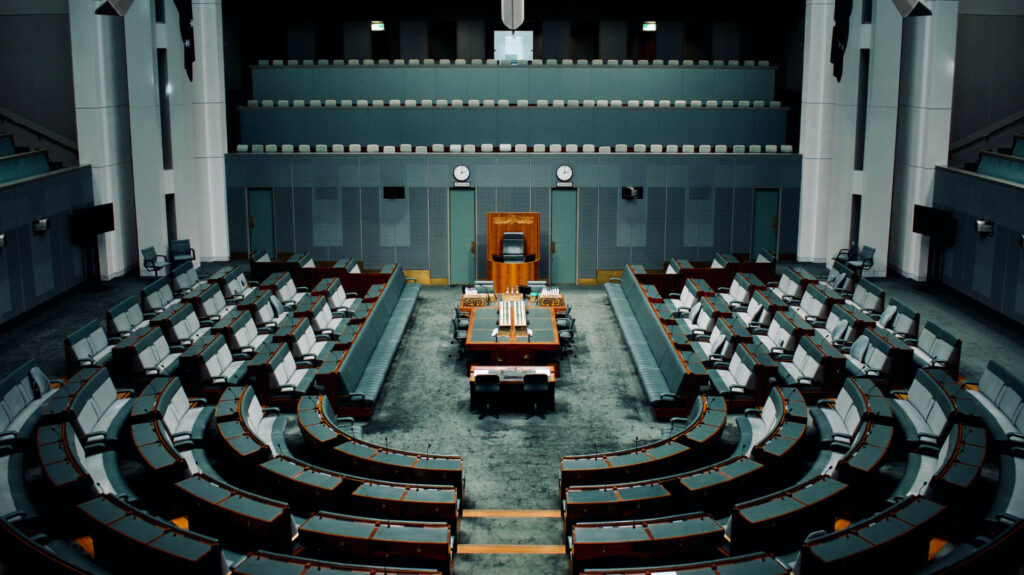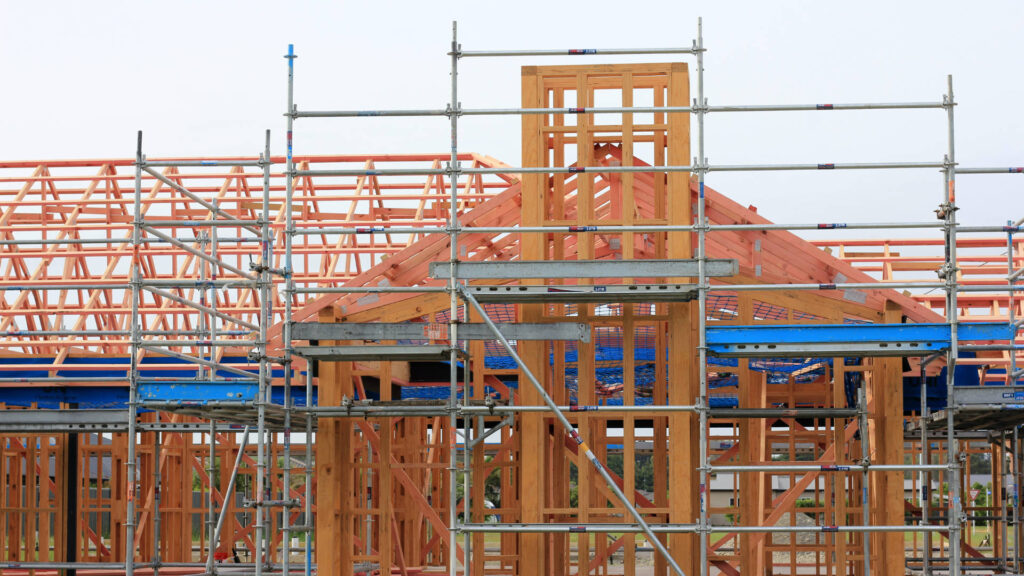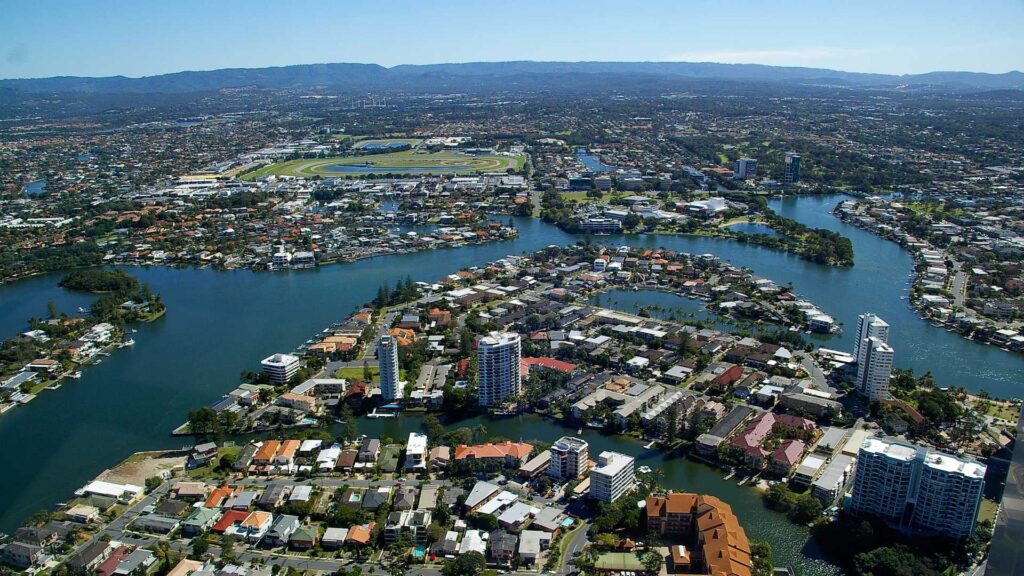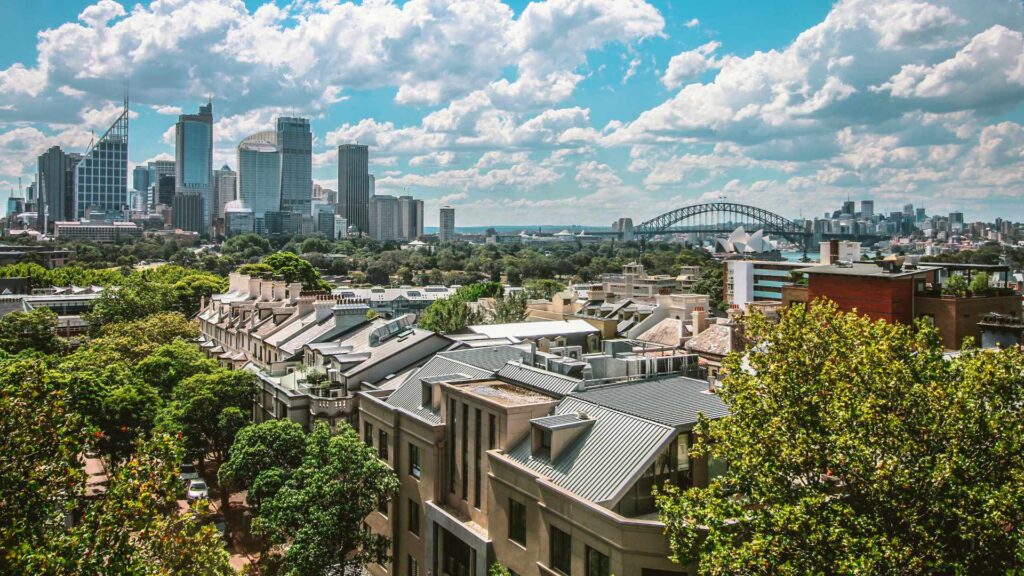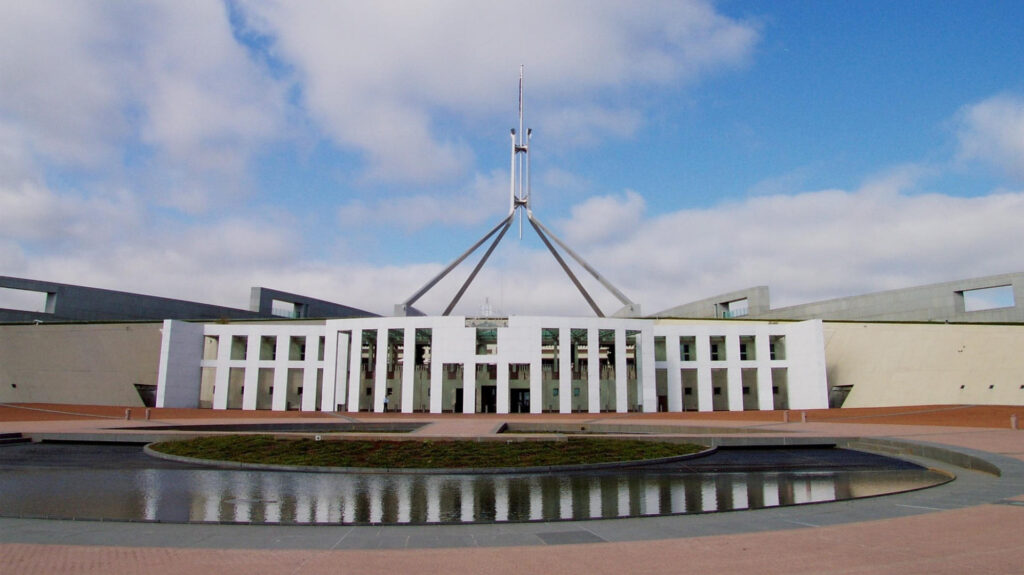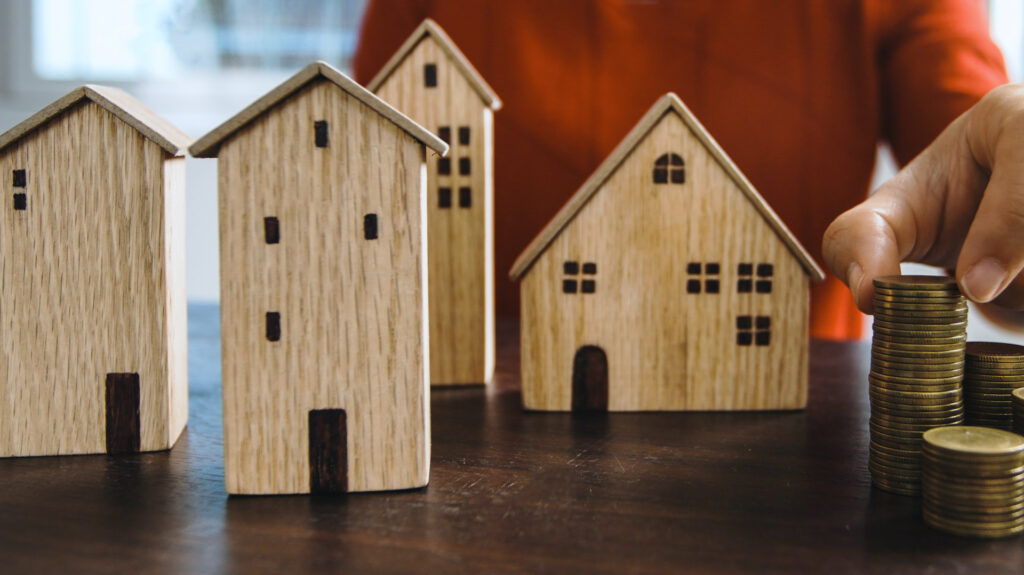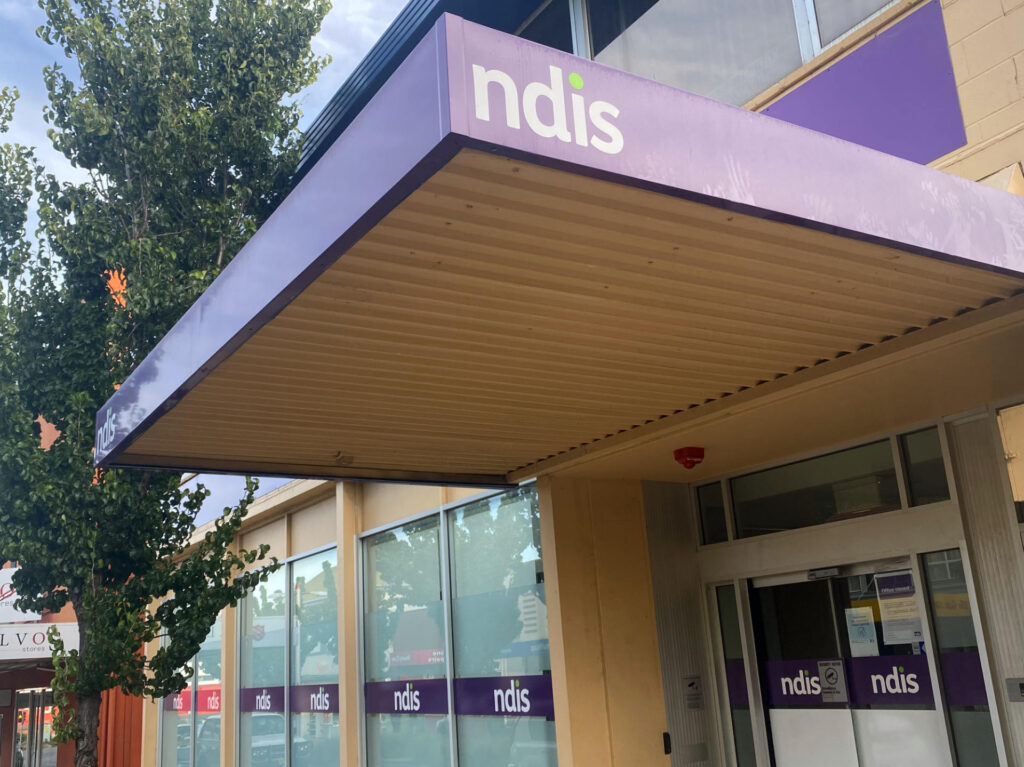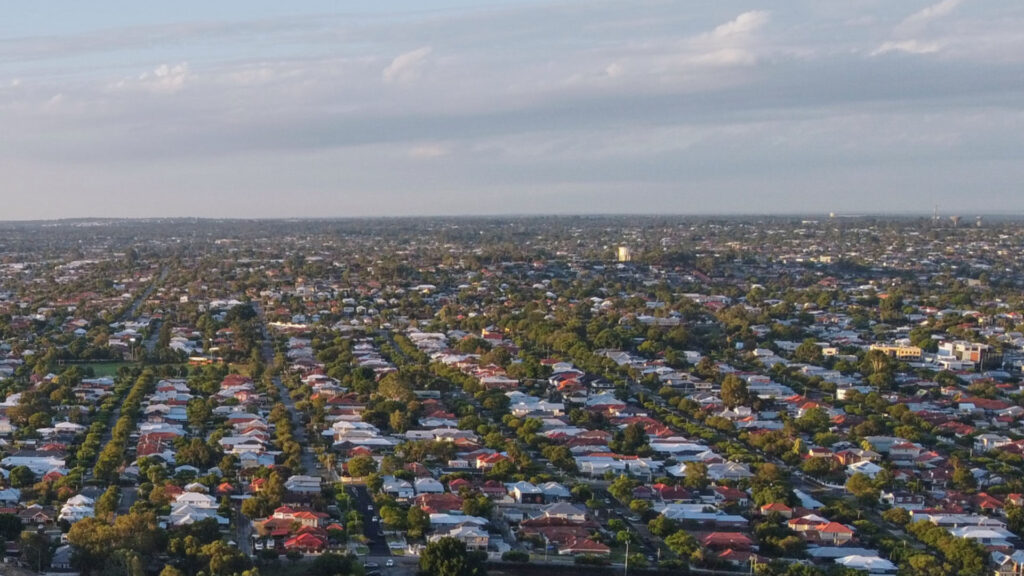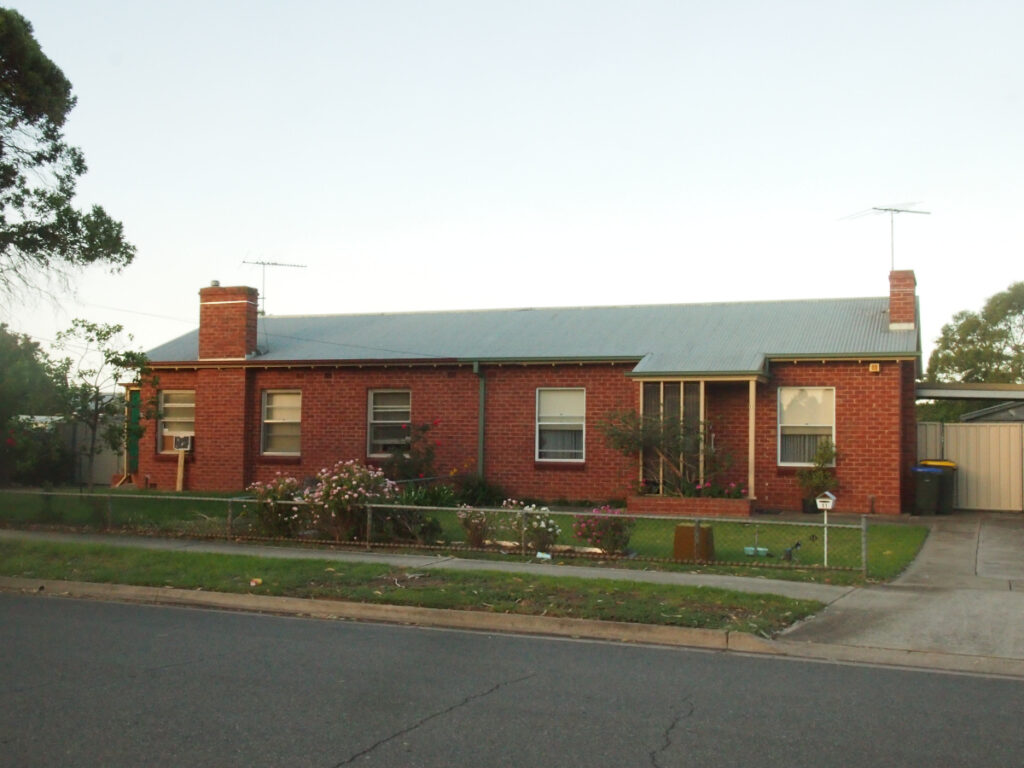Housing supply and affordability is one of the biggest challenges facing our economy and our communities.
With rents through the roof and vacancies through the floor, families are struggling to find an affordable place to live.
With unemployment rates at historic lows, it’s increasingly difficult for people to live close to where the jobs and opportunities are.
And with shortages of materials, skills and labour, it’s getting harder to build a new home.
That’s why it’s more important than ever that we work together to ensure there is an adequate supply of affordable housing where it is needed – close to jobs, transport and other services.
Today as part of the Albanese Government’s first Investor Roundtable, we’re bringing some of the nation’s most influential investors to the table to help unlock investment opportunities in national priority areas.
Starting with housing today, we will work closer than ever before with leading investors, major banks, global asset managers and superannuation funds to identify and overcome the barriers to investment.
Some of Australia’s largest investors are represented at the roundtable, with more than $2 trillion under management by the superannuation funds and institutional investors alone.
The roundtable recognises there’s an opportunity for government and investors to genuinely shift the needle on the housing challenge by working more closely together.
Governments at all levels can and will play an important role in this area – through the supply of land or the priority approval of important projects in close proximity to jobs and opportunities.
As the first order of business at today’s roundtable, we will discuss ways to build on our landmark National Housing Accord announced last month – an agreement with state and territory governments, local government and major investors to build more affordable, well‑located homes.
Our shared ambition is to build one million new well‑located homes over five years from 2024.
The Productivity Commission recently noted that with 411 dwellings per 1,000 people, Australia has one of the lowest housing stocks in the OECD. But in a time of growing social need and tightening fiscal constraints, the Commonwealth can’t address the significant challenges we face alone.
It’s the Government’s aspiration that the National Housing Accord will help reduce the forecast dip in construction that will only make the housing shortage worse.
As part of this agreement, the Commonwealth has committed $350 million investment to build an extra 10,000 new affordable homes over five years, and the states and territories have also come to the table with a commitment to build up to 10,000 additional homes over the same period.
At today’s forum, we will also discuss workable financing solutions to encourage greater investment in affordable housing and we’ll look to identify ways to help players around the room invest at scale, achieving commercial rates of return and developing a consistent investment pipeline.
All Australians have an interest in the availability of affordable housing close to jobs and opportunities – it’s equally as important for Australian workers as it is for Australian businesses.
For too long, the lack of affordable housing has served as a barrier for skilled workers who want to live closer to work and take advantage of the opportunities in our economy.
Delivering affordable homes close to jobs and industry is an important part of solving the labour and skills shortages that are holding our economy back.
As a government, we know that we always achieve more when we work together with states, territories, the private sector and communities.
Investor roundtables like the one I’m hosting today give us an opportunity to bring the key players around the table to coordinate our efforts in the best interests of all Australians.
By harnessing the power of Australian capital, we can deliver strong returns for investors and strong returns for our community.
Today’s roundtable is an important step forward in aligning our efforts.
Read the original announcement from the Treasurer: https://ministers.treasury.gov.au/ministers/jim-chalmers-2022/articles/opinion-piece-affordable-housing-key-priority
